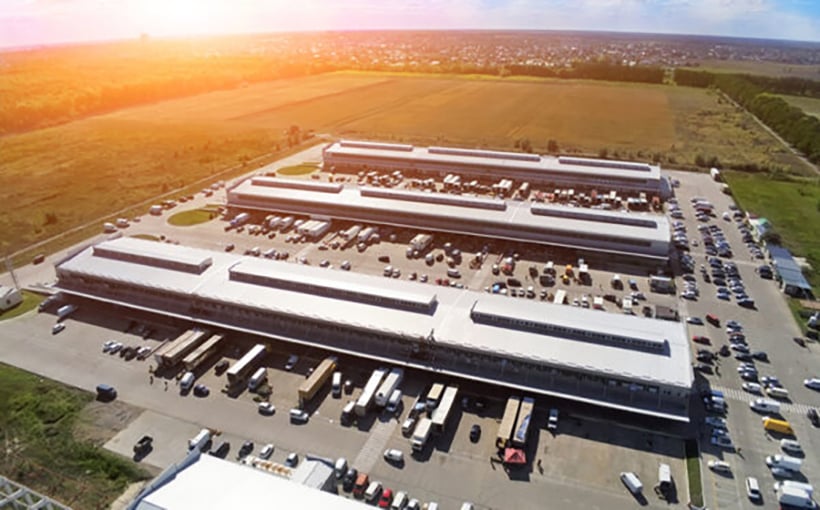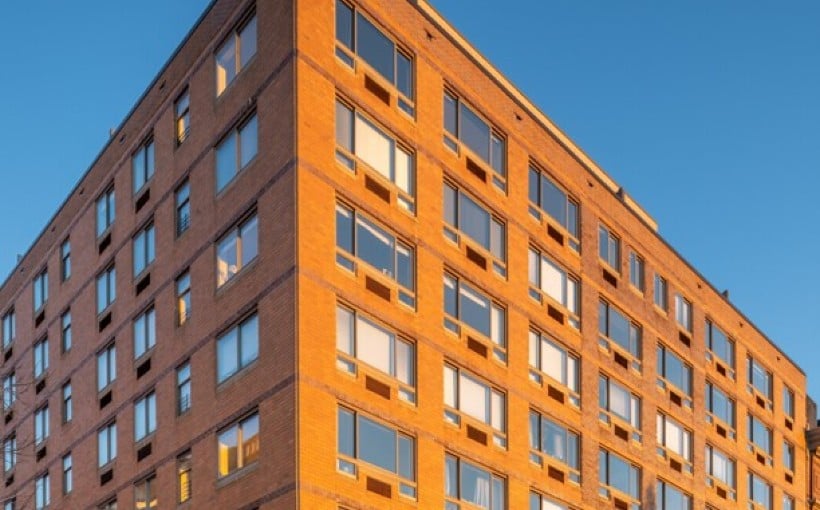# **Industrial Sector Poised for Growth Despite Challenges**
The industrial construction boom that took place between late 2020 and 2022 was driven by soaring demand for warehouse and logistics space, leading to a surge in speculative developments. However, from 2023 onward, both construction and absorption rates declined as interest rates rose and geopolitical uncertainties disrupted the market. According to reports from the fourth quarter of 2024, the sector may now be reaching, or have already reached, the bottom of this downturn.
## **Resilience Amid Economic Uncertainty**
Despite several challenges throughout the year—including elevated interest rates, inflation, labor disputes, and political uncertainties—the U.S. industrial market demonstrated resilience, with moderate growth persisting, according to Cushman & Wakefield’s MarketBeat Industrial Report.
However, JLL’s United States Industrial Market Dynamics indicated that industrial tenants remained cautious, delaying significant leasing commitments due to persistent uncertainties.
## **Declining Absorption and Construction Activity**
CBRE’s U.S. Industrial Report highlighted a significant drop in annual absorption rates, reaching their lowest levels in years. Construction completions also fell sharply. Additionally, asking and taking rents declined for the third consecutive quarter, as landlords prioritized occupancy.
Meanwhile, Colliers’ U.S. Industrial Market Statistics Report noted that industrial vacancy rates are approaching their peak, with construction activity normalizing to pre-pandemic levels amid a gradual recovery in demand.
JLL analysts attributed the sluggish absorption and construction metrics to economic uncertainties, ongoing project completions, a shift to smaller lease sizes, and a reduction in speculative builds. Similarly, Cushman & Wakefield analysts pointed out that labor disputes, election-related uncertainty, and high interest rates exacerbated the downturn. Many tenants also focused on consolidating operations to reduce costs and increase efficiencies.
Lee & Associates’ Q4 2024 Market Report noted that business owners had already put expansion plans on hold as early as 2023, and caution surrounding potential tariff impacts and the upcoming election continued to slow growth in 2024.
## **Market Outlook: Industrial Sector Approaching Stability**
JLL analysts predict that the industrial sector is nearing the bottom of its current cycle and is positioned for renewed growth. While vacancies are expected to rise slightly in early 2025, especially in markets with higher existing vacancy rates, leasing incentives may become more common. At the same time, Colliers analysts anticipate rent stabilization in 2025 as the market resets.
CBRE analysts foresee a decline in new project starts, leading to significantly less first-generation space entering the market in the coming quarters. JLL analysts believe this reduction in supply—combined with increased nearshoring strategies from logistics firms—could help stabilize market fundamentals.
Lee & Associates’ analysts suggested that even marginally positive net absorption in 2025 could slow the upward trajectory of vacancy rates. Additionally, the reduced number of new industrial construction projects in late 2024 increases the likelihood of declining vacancy rates by late 2025 or early 2026.
Colliers analysts echoed this sentiment, emphasizing that the slowdown in new supply will help the market achieve a balance more quickly than if construction activity had remained high. Cushman & Wakefield analysts also expressed optimism, noting that despite potential risks from tariffs and geopolitical issues, the U.S. industrial market is poised for growth in 2025. As deliveries decrease and construction starts decline, vacancy rates should stabilize, likely peaking in early 2025 before trending downward.
However, the outlook varies by region. Colliers analysts noted that some markets continue to see high levels of new development, leading to elevated vacancy rates and a longer recovery period. Additionally, while overall new deliveries have peaked, several Sunbelt and Midwest markets with fewer regulatory constraints on development are still experiencing record-high supply growth, which could take more than two years for tenants to absorb fully.
About the Publisher:
Steve Griffin is based in sunny Palm Harbor, Florida. He’s an accountant by profession and the owner of GRIFFIN Tax (www.griffintax.com) and REVVED Up Accounting (www.revvedupaccounting.com). In addition, Steve founded Madison Avenue Technology (www.madisonave.tech). With a strong passion for commercial real estate, he’s also dedicated to keeping you up to date with the latest industry news.



